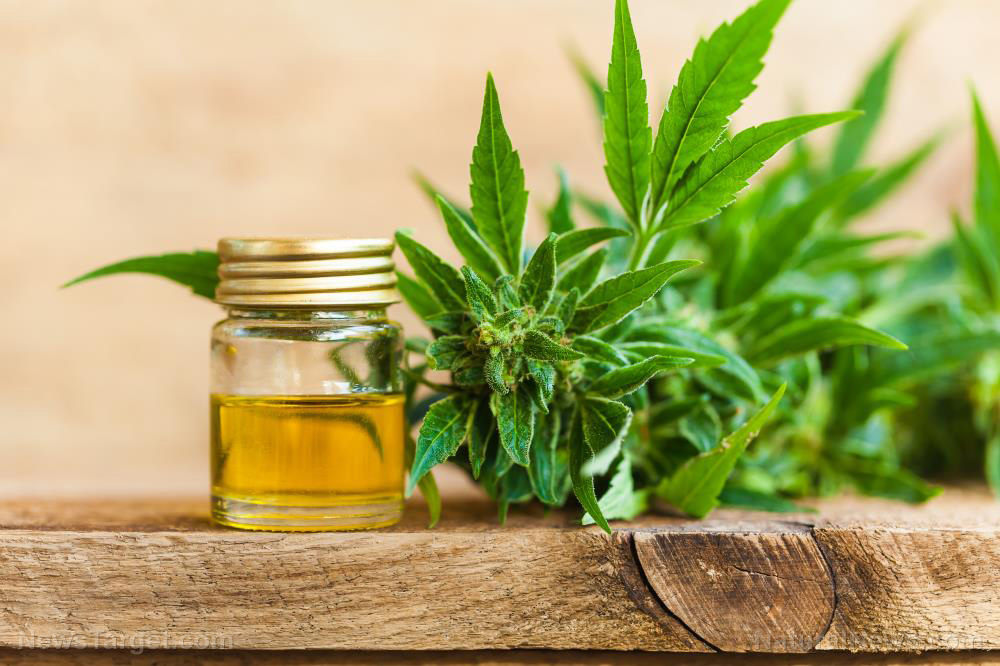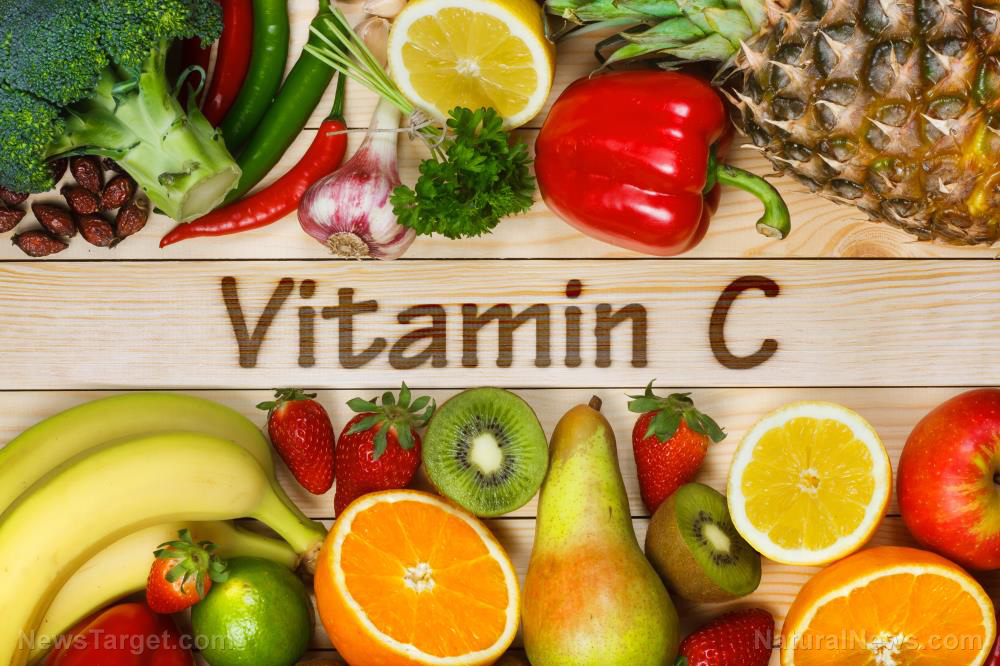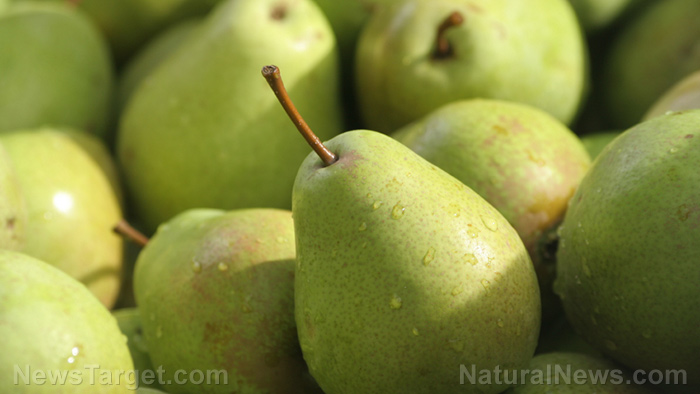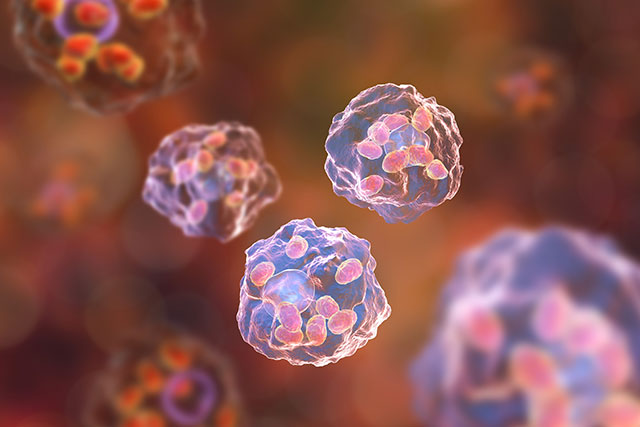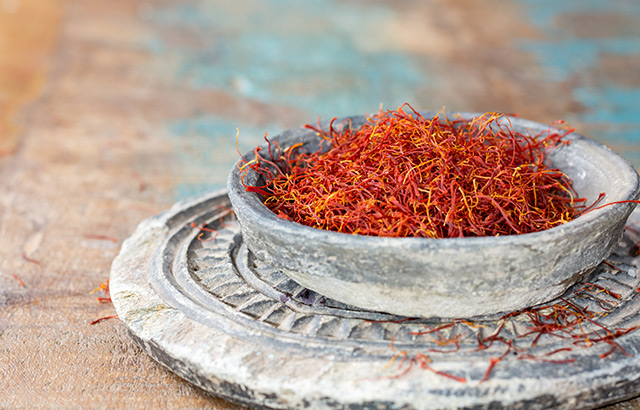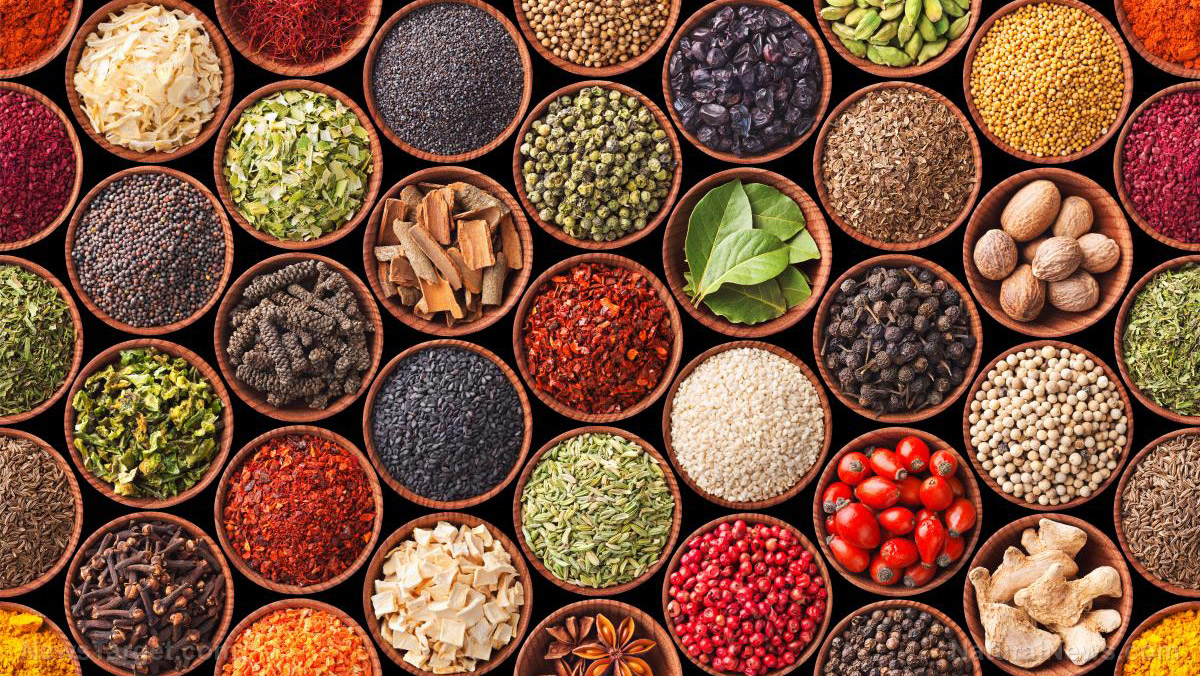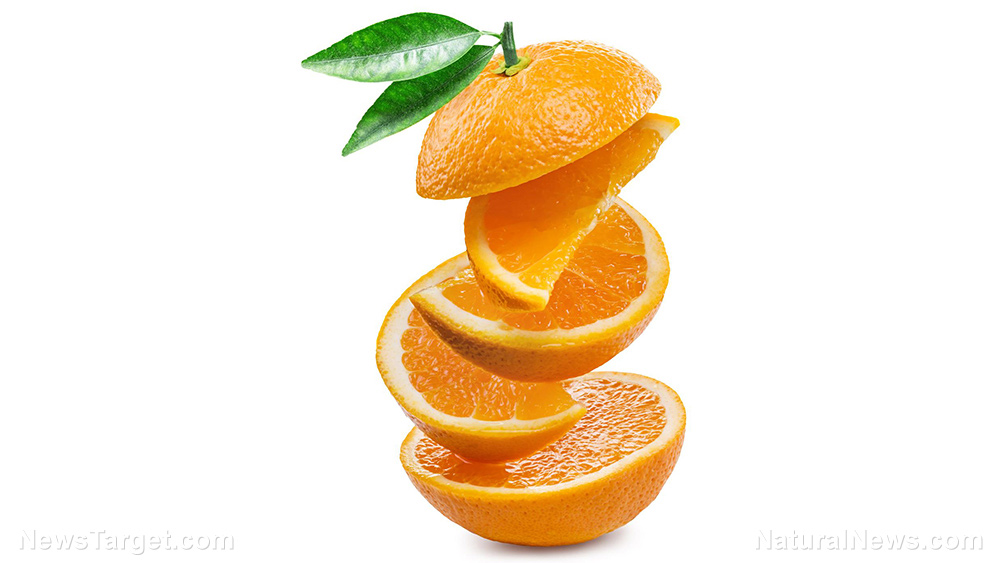One seed at a time: Tips for growing your own vegetable garden
03/24/2019 / By Zoey Sky

It can be daunting to plan your own garden, especially if you’re a beginner. If you need some help, we’re sharing some tips that can help you design a bountiful home garden. (h/t to ReadyNutrition.com)
When planning a vegetable garden, start by outlining your goals for the coming growing season. If you’ve already started gardening, take note of some mistakes that you made in the previous season so you can avoid them as you restart your garden.
Here are five tips that can help you become a better gardener.
1. Make a garden plan and follow it
Before you start planting seeds, formulate a realistic plan of action. Begin each year by making a list of plants that you want to grow. Creating this list will help you map out how much food you plan on growing for your family.
Study which plants can be planted in close proximity – such as bunching onions, lettuce, and spinach – and which ones need lots of space – like melons and pumpkins. Next, research which vegetables and fruits are suitable for intercropping or interplanting.
Intercropping means “planting two vegetables in the same space,” especially crops that can share space amicably. Try to plant early crops that will be removed from the garden next to late-season crops. Intercropping also combines plants to save space.
Choose ideal pairs from the lists below.
Fast growers:
Slow to fill out:
The power of the elements: Discover Colloidal Silver Mouthwash with quality, natural ingredients like Sangre de Drago sap, black walnut hulls, menthol crystals and more. Zero artificial sweeteners, colors or alcohol. Learn more at the Health Ranger Store and help support this news site.
After you’ve done your research, start drawing out how your garden will look. Having an actual plan will help you stay on target for the space you will allot when you start planting in your garden.
2. Give your organic garden what it needs to thrive
If you wish to create biodiversity in your future garden, start with the soil. You can make homemade fertilizers using items that are normally thrown out, like banana peels, egg shells, and used coffee grounds. These organic materials can produce a “nutrient-rich, full spectrum fertilizer” that will slowly release the nutrients to the soil in your garden. (Related: A beginner’s guide to gardening: 10 Expert tips everyone must consider.)
Alternatively, you can help your crops grow by adding a compost bin to your garden. Composting will put brown and green items to good use since they are full of nitrogen and carbon-rich materials.
3. Only use non-GMO seeds
Genetically modified organisms (GMOs) are anything grown in a laboratory using modern techniques, like gene splicing. GMO seeds produce vegetables that may contain allergens or toxins, which you don’t want in your food.
If you’re buying seeds for long-term sustainability, you need non-hybrid and heirloom quality seeds. Non-GMO seeds will produce fertile seeds that can be stored for future harvests. Grow non-hybrid seeds using only organic fertilizers so your vegetables have access to the best nutrients that nature can provide.
4. Start your seeds early
If you want to save money, start early by growing your own seeds. Check the optimum growing time for your location, then start around that time.
Another way to get a head start is by making your own seed starting mix. This will save you money, and it can also give your plants the best chance at growing hearty roots. To make a healthy seed starting mix, use light, well-screened materials that promote root growth. These materials will also ensure that the mix doesn’t compact in small seed starting cells or containers.
Other factors to consider are good moisture retention and drainage. Soil that is too moist may result in damping off, which can make pathogens grow. Damp soil can also kill or weaken seeds or seedlings before or after they germinate.
Seeds need optimum growing conditions to grow healthy.
- Water – Water allows seeds in your garden to swell up so the embryo starts growing.
- Oxygen – Oxygen allows energy to be released for seed germination.
- Warmth – Germination improves as temperature rises.
5. Grow seeds over winter to ensure that they have the best chance of growing
After you choose your seeds, the early stages of your gardening process will involve starting your seeds. If the weather is dreary, get a head start on your future garden by starting the seeds indoors.
Seeds started indoors can produce earlier and longer harvests. This gardening method doesn’t require special equipment – all you need is moist soil, comfortable temperatures, and a bit of hard work.
Longer growing varieties such as broccoli, cauliflower, and onions will benefit the most from indoor growing methods. Doing this also allows you to control their growing environment.
These tips should help you get your home garden started. In time, you will have access to nutritious and organically grown vegetables even after SHTF.
Sources include:
Tagged Under: emergency food, food freedom, food independence, Fresh, fruits, gardening, green living, harvest, home gardening, homesteading, non-GMO seeds, off grid, organics, preparedness, prepper, prepping, seed saving, seeds, self sufficiency, survival food, sustainable living, urban gardening, vegetables
RECENT NEWS & ARTICLES
Natural.News is a fact-based public education website published by Natural News Features, LLC.
All content copyright © 2018 by Natural News Features, LLC.
Contact Us with Tips or Corrections
All trademarks, registered trademarks and servicemarks mentioned on this site are the property of their respective owners.






